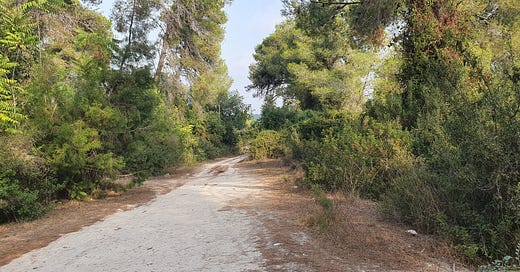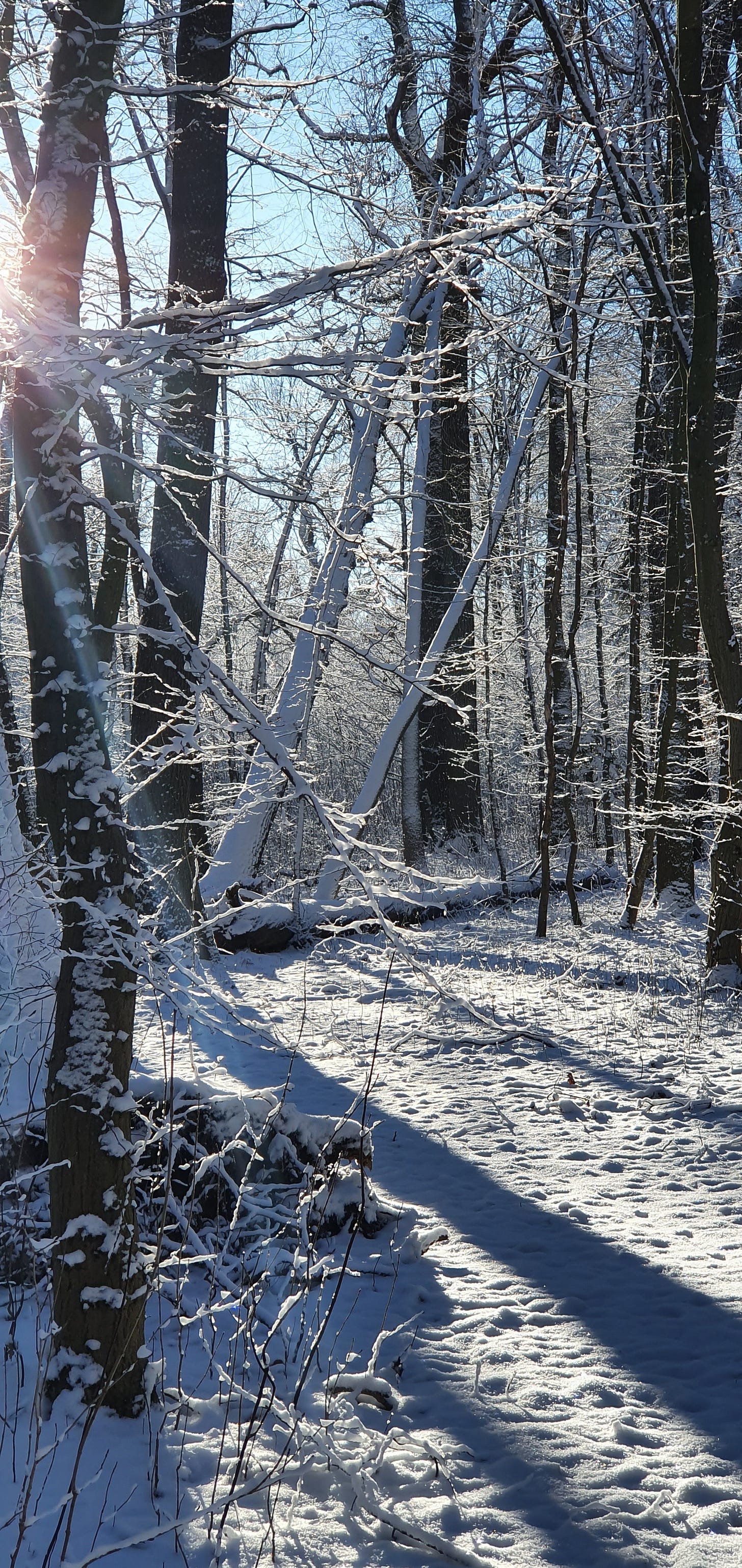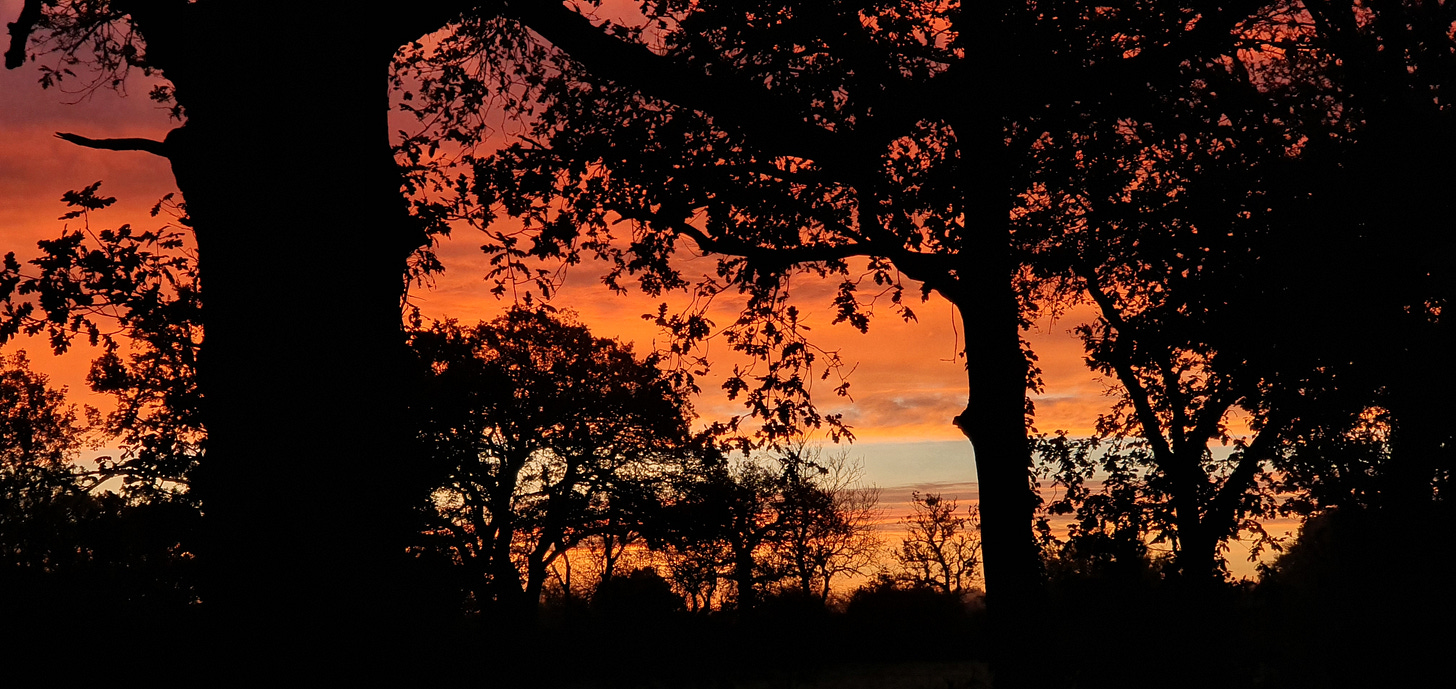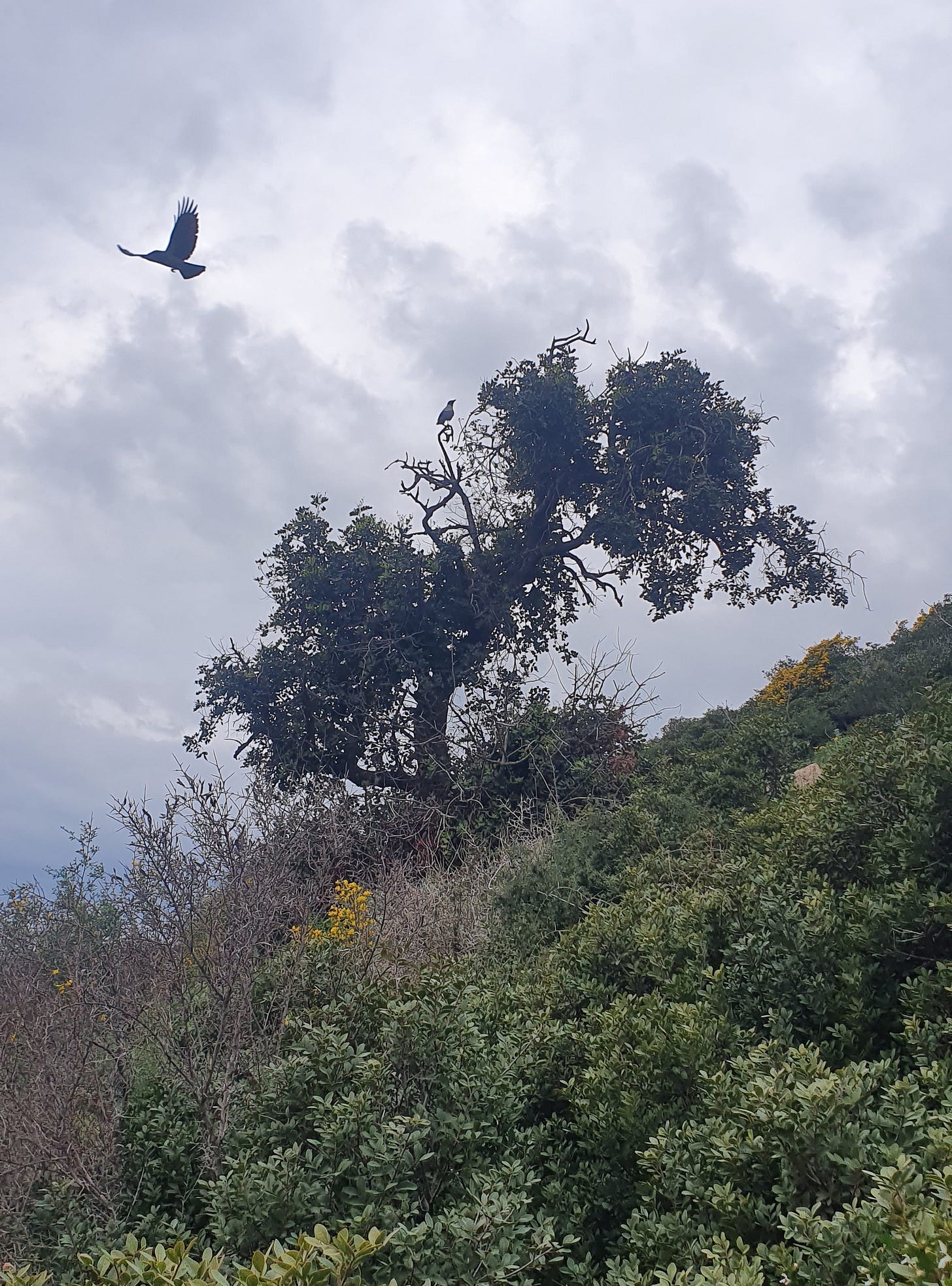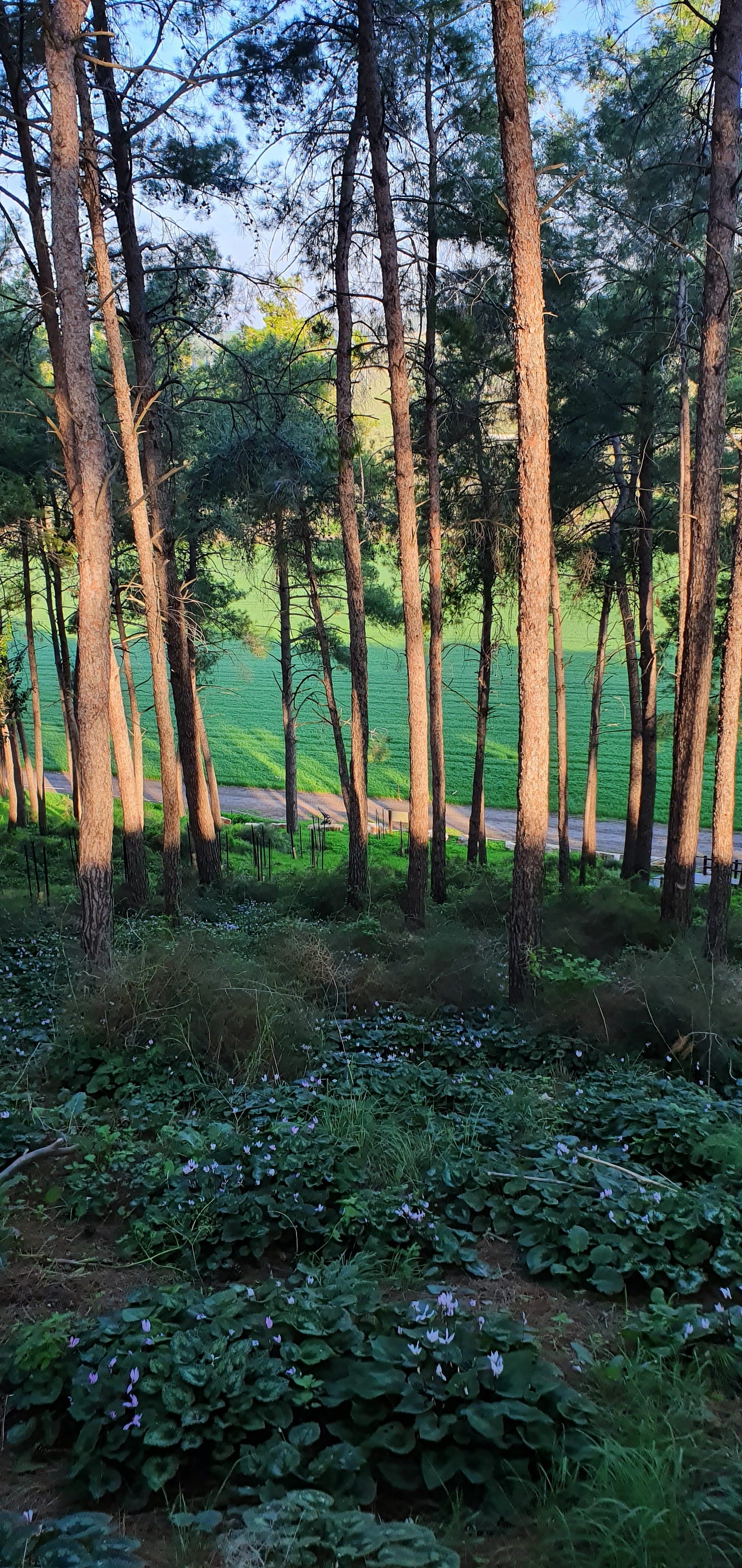No Forest, No Story: George MacDonald’s Short Fairytales
Faerie, Fantasy, and Sci-Fi, Oh My—Part 2
In the first post of the series, I introduced the way an anthropological study of literature may contribute to understanding human-arboreal (tree/forest) relations, and the anthropological framework that is shaping this exploration. The goal of anthropology, as I understand it, is to educate our perception of the world; by considering the non-human elements in a society, we broaden and sharpen our perception of the society overall. Trees and/or forests are present in nearly every society around the world, raising many intriguing questions. The purpose of this series is to see what certain forms of literature might reveal about human-arboreal relations, going into the world of story to gain insights that can shed light on our world.
The first genre under consideration is fairytale, distinct from fantasy and sci-fi. Fairytales, also termed folktales (there is an overlap in the terminology in the research), have several features that set them apart from other genres. It’s worthwhile to keep them in mind in order to understand fairytale forms and how they function, and, in addition, these characteristics provide a point of reference for evaluating and translating human-arboreal relations from one world to another. It was the father of folktale studies, 20th century literary theorist Max Lüthi, who established five defining characteristics in his seminal work, The European Folktale: Form and Nature (1986)1: one-dimensionality, depthlessness, abstraction, isolation, and sublimation. In the specific example considered here, the defining features will be kept in mind for understanding the arboreal creations in the tales.
George MacDonald (1824-1905) was a Scottish writer known as, among other things, the last, modern fairytale writer. In this, his tales (written throughout his life) are an ideal exemplar of the fairytale genre as their author is known and may be studied in light of the ideas concurrent to his context. Trees and/or forests appear throughout all of MacDonald’s writings, but in his fairytales they are subversively central: “If there were no forests in these tales, there would be no story” (Lock 2010:160). The forests serve as the locus of many of MacDonald’s short fairytales: it is the world within which the subject enters and then is guided by the nature of the forest. As all things are in fairytale, the forest is an abstraction of our reality, wherein time and distance are non-existent (progression is communicated through the tasks the hero completes on his quest) and features are one-dimensional and without depth. There is no description of the forest (or any character) as such, for there is no sentiment nor attribution for abstractions. What we are left with is an ideal.
MacDonald’s ideal of the forest is that of the European folktale, drawn from medieval romantic literature, whose arboreal antecedents I summarise in short as they are foundational to understanding both his works and our contemporary conceptualisations of trees and forests. The roots of the European forests are found in that continent’s historical laws, the biblical narrative, and the classical philosophers (Saunders 1993:1). From the historical developments, various ideas came to be associated with the term “forest” including the wild and wooded lands, the province of royalty, an essential economic resource, and, overall, a separate place with laws unto itself (Saunders 1993:1-102). The biblical wilderness came to be associated with the European concept of wilderness, desert to forest, and adds to the historical the following. The forest is a place outside civilization, solitary, the meeting place with the divine and therefore the place of spiritual testing (Saunders 1993:10-19). Finally, the philosophical tradition is woven into both the historical and biblical concepts, compounding “forest” with the Greek concept of chaos, or disorder. But when translated into the Latin, philosophers took this concept as the source from which order, creation may arise (Saunders 1993:19-24).
Now, in MacDonald’s fairytales, we see that the forest is a literal location in that world, but simultaneously the boundary between worlds (e.g. between Giantland and “the country of common people”, MacDonald 1999:81). The association of the forest wilderness with the meeting place of the supernatural might be seen here; if it is a liminal place in our world, in the fairytale it is the sublimation of that ideal, the ideal form, but hyperbolic in the one-dimensionality of the fairytale. Therein the reader may feel a tension between the clashing of two worlds, where the natural and the supernatural exist on the same plane. Further, if the forest is a means of escape and protection in MacDonald’s fairytale, outside the bounded civilised world, the very concept of space is subverted in the absence of depth. Fairytale objects are not multi-dimensional, but depthless. But the forest is not without purpose or form, it retains the power of transformation, to move from disorder to order, and mystery—where the result may not be the expectation. The forest is an unspoken place of hope, for therein and through it, subjects may find a better reality than what they left behind, outside.
In this MacDonald plays with the inside and outside nature of the forest (Saunders 1993:11). It is outside the city, the place of civilization and security, of stability and assurance, but the city is also static and given to corruption. Anything might happen in the unknown. The forest is the traditional wilderness wherein one is subject to dangers and temptations, but as MacDonald’s tellings reflect, the forest is also the hermit’s wilderness of spiritual renewal, and indeed, one of his characters, Little Daylight, undergoes a physical transformation and ultimate resurrection, figuratively and literally, in the forest (MacDonald 1993:163-4; Saunders 1993:12). The fairytale forest expresses its dual nature in abstraction, it is a one-dimensional plane wherein all that occurs within the forest are distinctly isolated events; each inciting incident is singular and never recalled to mind. As a result, the fairytale forest weaves motifs (repeated themes, such as courtship, coming of age, birth, death, etc) into a pure, idealised form presented clearly in isolation; each character, each object, is a stranger to itself and to each other (Lüthi 1986:43).
This is the precise conflation of natures the forest embodies throughout the literature, both in fairytale and in our histories (Saunders 1993:10). While it may be unreal and impossible in our world, a power of the fairytale is to abstract these concepts and present the sublime through the deceptively simple. The forest is both inside and outside, embodying more than its components, as MacDonald masterly illustrates in Daylight’s prince’s cursed wanderings (MacDonald 1993:155). Time may flow or not, the rhythms of change reversed or stopped. In a further play on the outside/inside motif, in The Giant’s Heart, the children run into the tree: within it is the escape route and the running sap the joyful sign that freedom is near (MacDonald 1993:86). The tree becomes not only the border between in and out, but the means of transversing the border in safety. The truncated motif feature of the fairytale is exhibited in this particular tree, an embodiment of a form that changes the solidity of our idea into a fluid every-tree.
Analysis & Insights
In MacDonald’s fairytales, the narrative enters into the forest, becoming part of the border and the place itself. Herein the essence of the forest’s agency is expressed, for this unique time-place exists within the one-dimensionality of a fairytale where there is no division between the natural and the supernatural (cf. Lock 2010:153), nor between the human and the non-human. The forest is and its nature and being are no more notable in the fairytale than the witch who shows up to curse the princess at her christening (Lüthi 1986, chapter 1). The agency of the forest is a given, within the world of faerie.
What is less explicit in the fairytale forest may be the type of cultural meanings we expect, based on our world, to be attached to forests, but this absence is consistent with how fairytales work. As fairytale characters typically personify the abstractions of our world, the cultural meanings attached to tree or forest symbolism and characteristics are not inherently necessary. The forest is a being that operates by the laws of faerie land, not the human world, it is not, in MacDonald’s short fairytales, personified, for the forest is not a person; and while in another genre the characters may marvel at this type of a forest, it is reflective of both one-dimensionality and isolation, two of Lüthi’s marks of a folktale (Lüthi 1986: 4, 37; Saunders 2010:153-4).
The agency and power of forests seem to exist, in these fairy tales, as independent of the relational forces which generally define human-nature interactions in our world. That is, while landscape influences the narrative, and mountains and lakes are found in the topography, the forest—in some ways—is the exclusively active agent in contrast to the central human characters who are personified abstractions.3 The forest of fairytale is more than the story itself, which could be taken as a challenge to our understanding of forests and trees in our world. Their space and time varies, the inside and outside coexist even as they distinctly embody both.
MacDonald’s fairytales embody an interdependence in that the story—their world—would not exist if not for the forest. Perhaps it may be taken as a mirror image of our world, wherein in the agents (including the forest) are reversed to their right relations: our contemporary communities, in the developed world, may assign trees and forests a superficial aesthetic role, condemning them to “nice”4 features of landscape, but such reduction leads to the lessening—and eventual implosion—of the society that sees the natural world as irrelevant non-beings who are not essential to human flourishing. Humans form the world, and the world forms the human.5 This interdependence is a consistent truncated motif of the fairy tale genre (cf. Lock 2010:154, again drawing on Luthi’s analysis of folktale); it is subtle, unstated, yet this essence of the forest shapes the very nature of reality.
With this as a point of reference, a comparison to the human-arboreal (and nature) relations in today’s global society result in a stark contrast. The structuring of human society reflects beliefs about reality. The view that nature exists for humanity to use (and abuse) however best serves the capitalist engine grew to dominance beginning in the industrial revolution, involving deforestation, pollution of water sources, over-farming croplands, mishandling manufacturing by-products, and so on. It may be reflected in quotidian rhythms of today’s globalised society, from the day-to-day use of one-time utensils and the need for vast waste management infrastructure, to societal pressure to constantly keep up with status markers such as the “right” vehicle or the newest model iPhone—the former models being discarded. The demand for these end-products ripples upstream to maintain the industries that produce them. The central value is individual desire and well-being, with minimal consideration for the impact on future generations, nor the concurrent impact on the societies who have been reduced to the producers of consumer products to the detriment of their own flourishing. This one-way stream of use and cast-off production is a thorough denial of the interdependent reality woven into the warp and weft of fairytales as seen in the inherent essence of the fairytale forests.
There are of course other societies, both earlier in our history and today in many non-developed societies that relate to the arboreal world differently. Trees are a near-universal presence past and present in societies around the world; they are used to represent political relationships, as symbols and actors in coming-of-age ceremonies, as metaphors for humanity and a way to image knowledge, and so on (Rival 1998). In such communities, trees are active agents in the life of the society, necessary for the societal structure to continue. They are not damaged or destroyed, a relationship that is often reflective of the society-nature dynamic overall.
It is apparent that for humanity, trees are essential to wrestling with how we understand ourselves; denying that, one wonders if the end will not merely result in costs to the environment but a confusion, an obscuring, of humanity’s ability to image itself. The human story may not exist without the forests either.
Bibliography
Lock, S. 2010. Narrative strategy: The role of woods and forests in George MacDonald’s fairy tales. American, British and Canadian Studies 15, 148–161.
Lüthi, M. (1986). The European Folk Tale: Form and Nature. Trans. John D. Niles. Bloomington: Indiana University Press.
MacDonald, G. 1999. The Complete Fairy Tales (ed U. C. Knoepflmacher). New York City, NY: Penguin Books.
Rival, L. (ed) 1998. The social life of trees: anthropological perspectives on tree symbolism. Oxford: Berg.
Saunders, C. J. 1993. The Forest of Medieval Romance: Avernus, Broceliande, Arden. Cambridge: D. S. Brewer.
Lüthi’s work is focused on the European folktale, which he notes does vary from other cultures, but since the example I’m studying is by a European author, I am focusing on this subset of the fairytales.
In early Europe, forests came to be reserved for the usage of royalty and extensive laws were developed to define all usage of the forest.
This thought leads to a curious notion: if fairy tale creatures and beings are personifications of our world’s abstractions, then is our world’s forest an abstraction of the forest of fairy land? While this may court platonic philosophy, it broaches the question of how we perceive and understand forests, and trees, in our cultures
Consider the etymological roots of the English “nice”: it comes via the Old French nice, meaning “weak, clumsy, silly”, from the Latin nescius, that is, ignorant, not knowing. Naming trees as “nice” features seems to hold this duality of being pleasant (the contemporary application of the word) but the treatment is reflective of the ignorance of their essential necessity to human flourishing. (“Nice, Adj. & Adv.” Oxford English Dictionary, Oxford UP, December 2024, https://doi.org/10.1093/OED/8029099313.)
The means by which we describe the world shapes our beliefs about reality, as many have noted, “Words make the world”. Exploring this mutual formation in its linguistic representation would be an additional branch of study to explore. Linguist Guy Deutscher delves into this in his accessible work, Through the Language Glass: Why the world looks different in other languages.

